Surat's Top Rated HVAC Service Provider- CALL NOW 8000392000
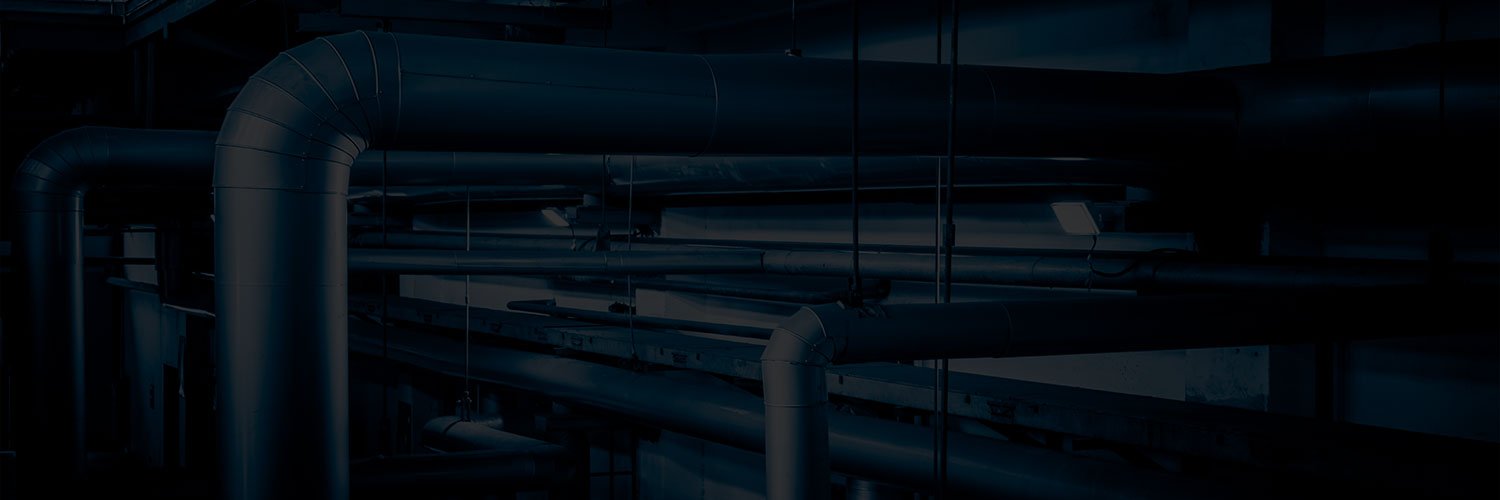
HVAC Ventilation System
A ventilation system is an essential component of HVAC (Heating, Ventilation, and Air Conditioning) systems in buildings. Its primary purpose is to provide a continuous flow of fresh outdoor air into indoor spaces and to remove stale or polluted indoor air. Proper ventilation is crucial for maintaining good indoor air quality (IAQ), regulating temperature and humidity, and ensuring the comfort and health of occupants. There are various types of ventilation systems, each designed to suit different building types and applications.
Here are some common types of ventilation systems:
Natural Ventilation: This system relies on natural forces such as wind and buoyancy to bring fresh air into the building and expel indoor air. It involves using strategically placed openings, such as windows, doors, vents, and skylights, to facilitate airflow. While it can be energy-efficient, natural ventilation may not always be sufficient, especially in larger or tightly sealed buildings.
Mechanical Ventilation: Mechanical ventilation systems use fans and ductwork to control and circulate air throughout the building. There are two main types of mechanical ventilation:
Exhaust Ventilation: This system uses fans to extract indoor air from specific areas like kitchens, bathrooms, and other spaces where pollutants are generated. Fresh air enters the building through passive openings or dedicated supply vents.
Supply Ventilation: Supply ventilation systems use fans to bring outdoor air into the building, replacing the stale indoor air. The indoor air is typically expelled through passive vents or exhaust fans.
Balanced Ventilation: A balanced ventilation system combines elements of both supply and exhaust ventilation. It maintains a balance between the amount of incoming and outgoing air, providing better control over indoor air quality and pressure.
Heat Recovery Ventilation (HRV): HRV systems are designed to recover and transfer heat from outgoing air to incoming fresh air. This helps to reduce energy loss during ventilation, particularly in cold climates, and improves energy efficiency.
Energy Recovery Ventilation (ERV): Similar to HRV, ERV systems also recover heat from outgoing air. However, they go a step further by also transferring moisture between the incoming and outgoing air streams. In humid climates, ERV systems help maintain comfortable indoor humidity levels.
Spot Ventilation: This type of ventilation targets specific areas or rooms with high pollutant sources. It involves using localized exhaust fans, such as in bathrooms or kitchens, to remove pollutants directly at their source.
Demand-Controlled Ventilation (DCV): DCV systems adjust the ventilation rate based on the actual occupancy and indoor air quality. These systems use sensors to monitor factors like CO2 levels or occupancy, optimizing ventilation to match current conditions and save energy.
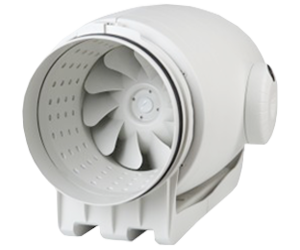
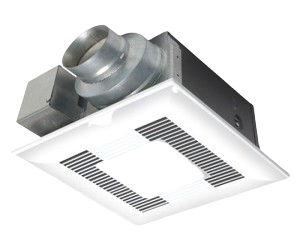
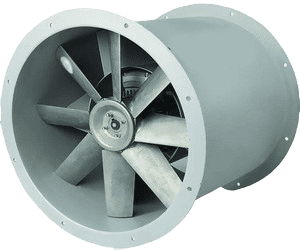
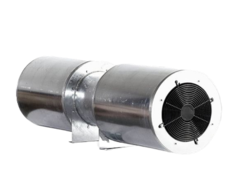
Advantages :
Improved Indoor Air Quality (IAQ): The primary purpose of HVAC ventilation systems is to bring in fresh outdoor air and remove stale indoor air. This constant exchange of air helps to improve indoor air quality by removing pollutants, allergens, and odors, thus providing occupants with a healthier and more comfortable living or working environment.
Regulated Temperature and Humidity: HVAC ventilation systems work in conjunction with heating and cooling systems to maintain a consistent and comfortable indoor temperature. They also help to control humidity levels, preventing issues like mold growth and condensation.
Energy Efficiency: Modern HVAC ventilation systems are designed with energy efficiency in mind. They use features like variable speed fans and energy recovery systems to reduce energy consumption and lower utility costs.
Odor Control: Proper ventilation helps to remove unpleasant odors from indoor spaces, keeping the air fresh and pleasant for occupants.
Condensation Prevention: In humid climates or areas with temperature fluctuations, ventilation systems can help prevent condensation on windows and other surfaces, reducing the risk of mold growth and structural damage.
Reduced Allergens and Airborne Contaminants: Ventilation systems equipped with filters can help capture airborne allergens and contaminants, such as dust, pollen, pet dander, and other particles, improving indoor air quality for allergy and asthma sufferers.
Ventilation Customization: HVAC ventilation systems can be designed and configured to meet specific building requirements, ensuring optimal ventilation rates and air distribution for different spaces and occupancy levels.
Carbon Dioxide (CO2) Control: In commercial buildings and crowded spaces, ventilation systems can be designed to monitor and control CO2 levels. Proper CO2 control ensures that occupants have access to fresh air and can help increase productivity and overall well-being.
Noise Reduction: Advanced ventilation systems are designed to operate quietly, minimizing noise disruption to occupants.
Compliance with Building Codes and Standards: Proper ventilation is often a requirement to meet building codes and standards related to indoor air quality and occupant health and safety.
Smoke and Fume Extraction: In commercial and industrial settings, ventilation systems can be used to remove smoke, fumes, and other airborne pollutants generated by various processes or operations.
Prevents Stagnant Air: Without proper ventilation, indoor spaces can become stuffy and uncomfortable. HVAC ventilation systems ensure a continuous flow of fresh air, preventing stagnant air conditions.
